The bald eagle, long an emblem of strength and freedom in the United States, is often associated with the wilds of Alaska. However, in a surprising twist, another state has recently outpaced Alaska in bald eagle population. This shift highlights not only the adaptability of these majestic birds but also the success of conservation efforts across the nation.
The Rise of the Bald Eagle Population
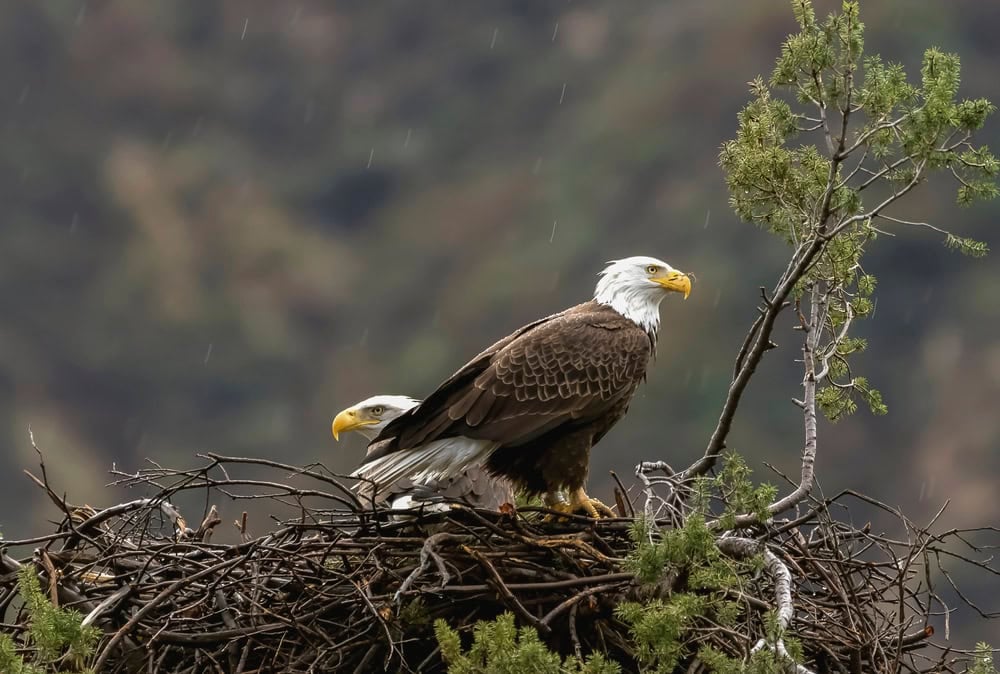
The resurgence of the bald eagle is one of the most remarkable wildlife recovery stories. Once on the brink of extinction, these raptors have made a significant comeback, thanks to concerted conservation efforts. Enhanced legal protections, habitat restoration, and bans on harmful pesticides like DDT have all contributed to their rebounding numbers.
The Unexpected Leader Wisconsin

In recent years, Wisconsin has emerged as the state with the highest number of bald eagles, surpassing Alaska. With its abundant lakes, rivers, and forests, Wisconsin provides an ideal habitat for these birds, allowing them to thrive and nest comfortably. The state’s commitment to preserving natural habitats has paid off, creating a haven for this iconic species.
Factors Behind Wisconsin’s Success

Several factors have contributed to Wisconsin’s success in becoming a bald eagle hotspot. First, the extensive network of protected areas ensures that eagles have safe nesting sites. Second, the state’s robust environmental policies have safeguarded water quality, ensuring that eagles have access to clean waterways brimming with fish, their primary food source.
Alaska’s Challenges

While Alaska remains a stronghold for wildlife, including bald eagles, it faces unique challenges that are impacting eagle populations. Climate change, industrial development, and habitat disturbances are altering natural landscapes, making it difficult for eagles to thrive as they once did.
Unique Characteristics of the Bald Eagle

Bald eagles are instantly recognizable with their stark white heads and tails contrasting against dark brown bodies. These birds are powerful fliers, capable of reaching speeds of over 30 miles per hour. With wingspans up to eight feet, they soar gracefully over landscapes, their keen eyesight spotting fish from great distances.
Behavior and Diet

Primarily fish-eaters, bald eagles are also opportunistic feeders and will consume carrion, small mammals, or other birds when necessary. They are known for their impressive hunting skills and often steal prey from other birds. Each bald eagle pair typically mates for life and constructs massive nests, which they return to annually.
Health and Longevity

Bald eagles can live up to 20-30 years in the wild, though they face threats from environmental pollutants and habitat destruction. Conservation efforts must continue to ensure these birds have clean environments and adequate food supplies.
Conservation Efforts in the U.S.
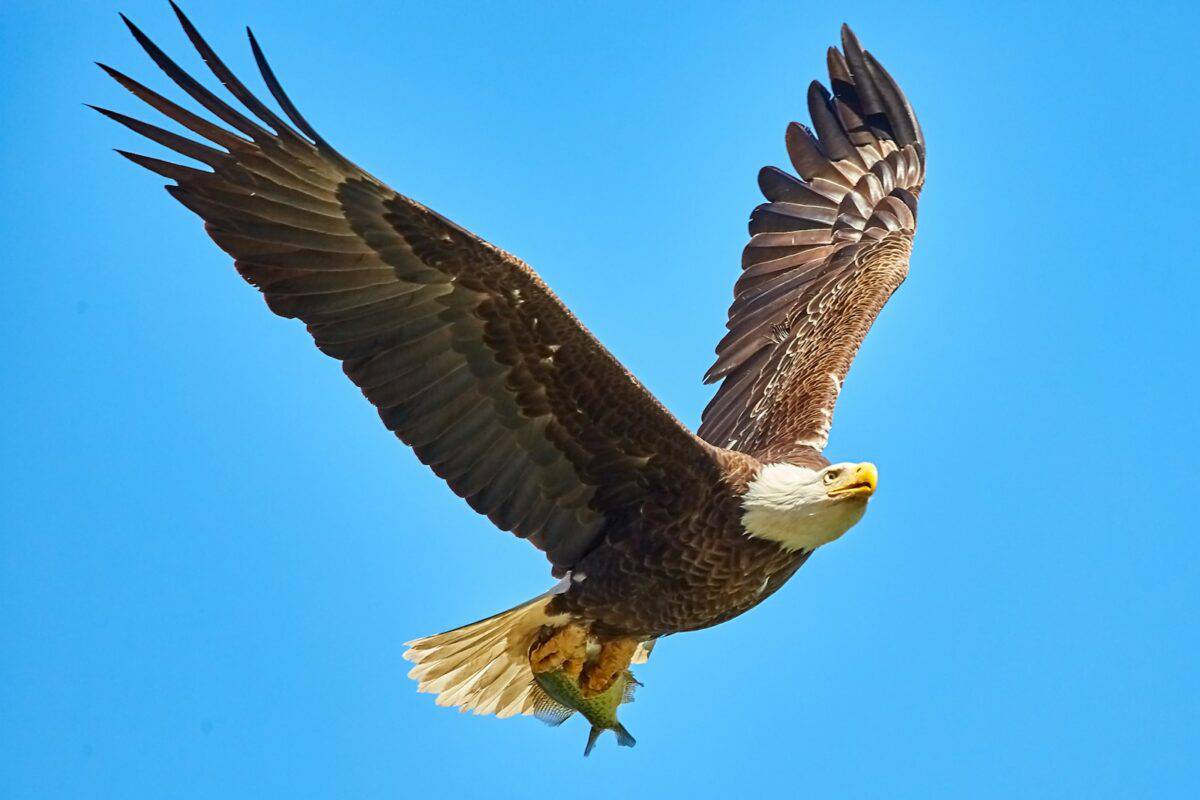
The recovery of the bald eagle is largely due to the Endangered Species Act, which provided critical protections. The banning of harmful chemicals like DDT and efforts from organizations focused on eagle nest monitoring and protection have been instrumental in their recovery.
Community Engagement and Education
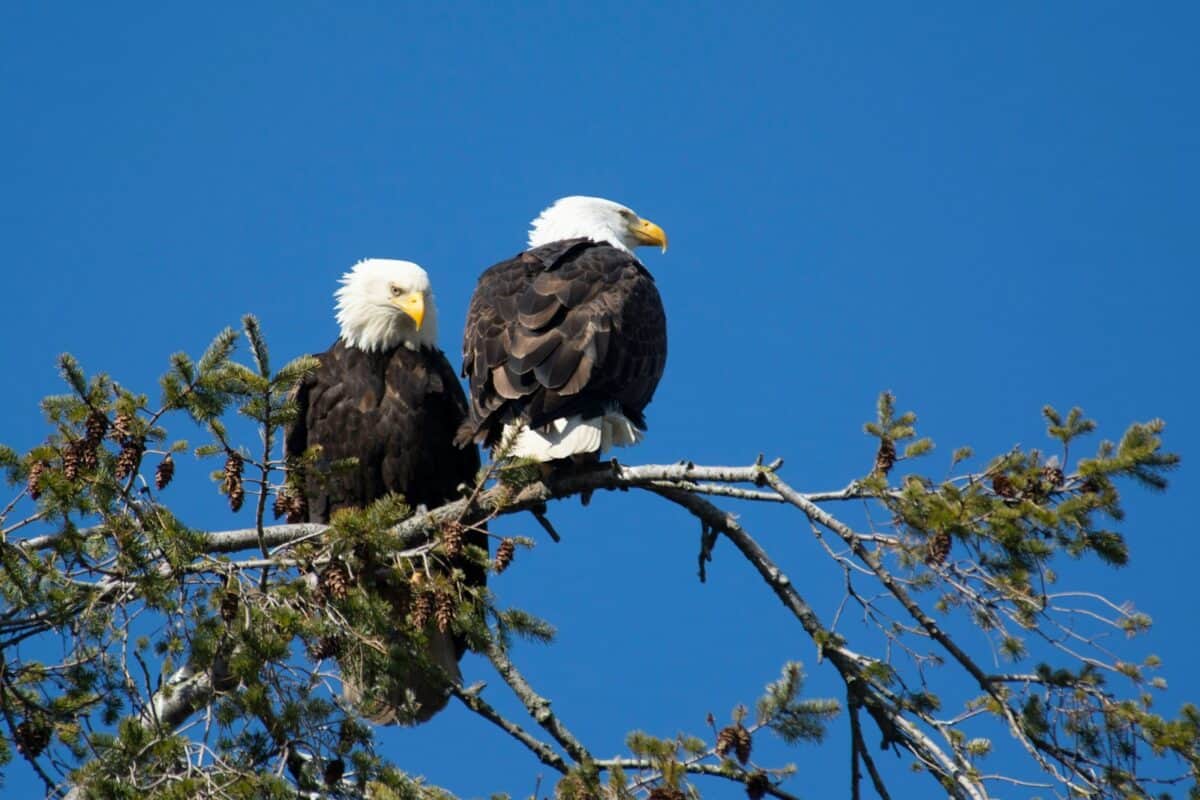
Community involvement has been a cornerstone of conservation success. Public awareness campaigns, educational programs, and citizen science projects have empowered individuals to contribute to eagle monitoring and preservation efforts.
The Role of Technology in Conservation

Modern technology, including satellite tracking and advanced data analysis, plays a crucial role in monitoring eagle populations and their movements. These tools help scientists better understand eagle behavior and adapt conservation strategies accordingly.
How Citizens Can Help
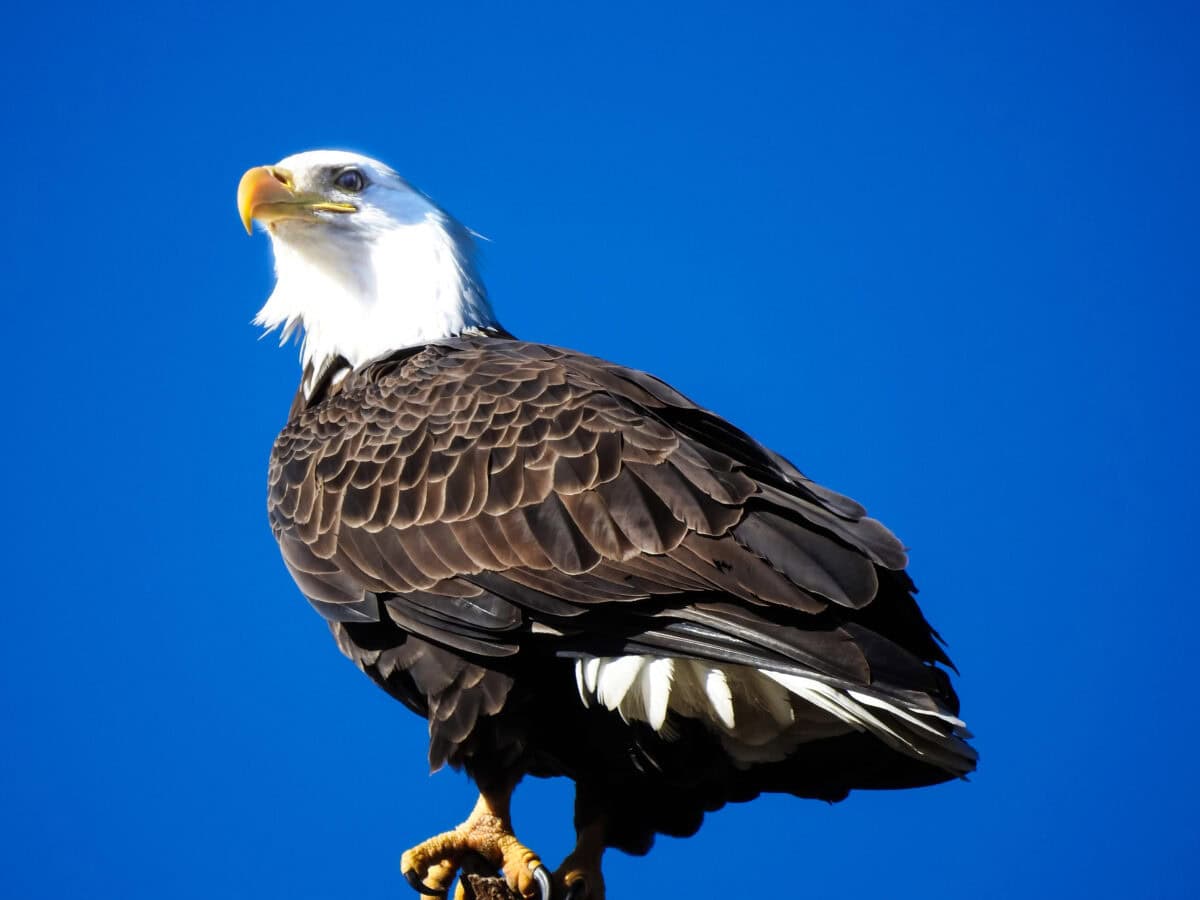
Individuals can support bald eagle conservation by participating in local clean-up efforts, advocating for policies that protect wildlife, and supporting organizations dedicated to preserving these magnificent birds. Actions as simple as reducing pesticide use and disposing of waste responsibly can have positive impacts on eagle habitats.
The Future of Bald Eagles in the U.S.

The future looks promising for bald eagles if current conservation efforts remain strong. Continued environmental stewardship, combined with proactive legislation and public participation, will ensure that these birds continue to soar above American landscapes for generations to come.
Conclusion:
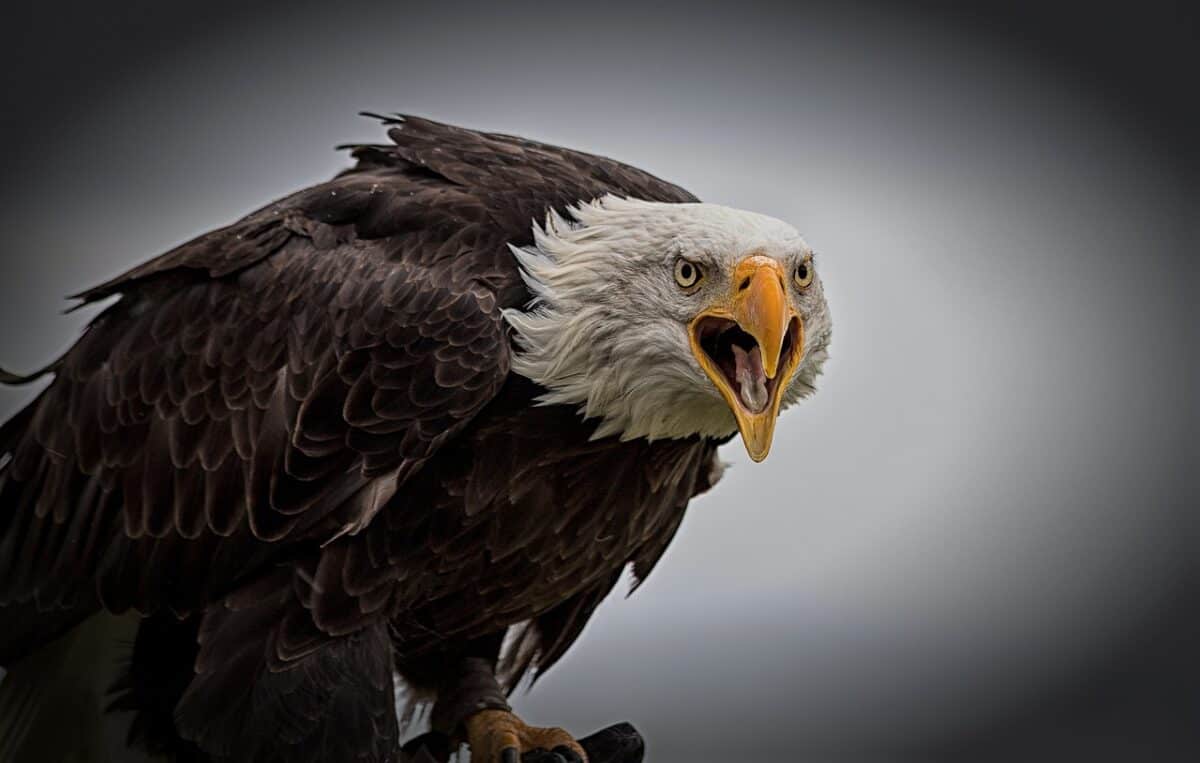
In summarizing, the state of Wisconsin’s ascension as a leading habitat for bald eagles is a testament to successful conservation strategies and the resilience of nature. The ongoing efforts to protect these splendid birds symbolize hope and a commitment to preserving our natural heritage. By supporting these initiatives, every citizen can play a part in the ongoing conservation success story of the bald eagle.
- The Surprising State That Now Home to More Bald Eagles Than Alaska - August 10, 2025
- What Happens When a Hurricane Meets a Wildfire? Experts Weigh In - August 10, 2025
- 13 Reasons Rescue Dogs Deserve a Second Chance - August 10, 2025

